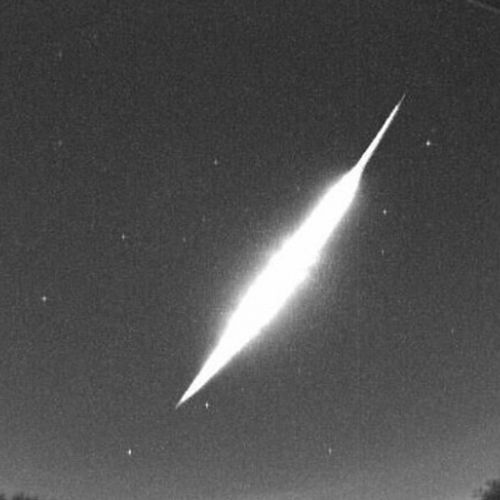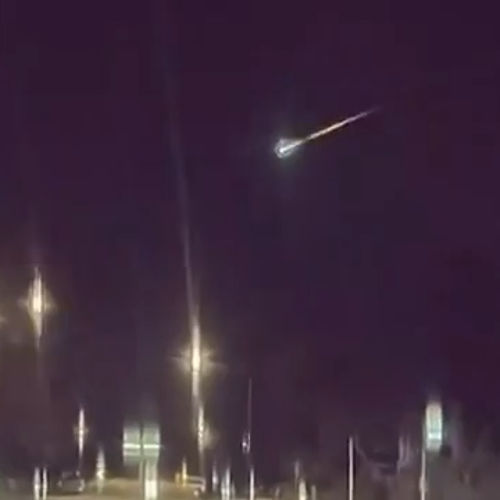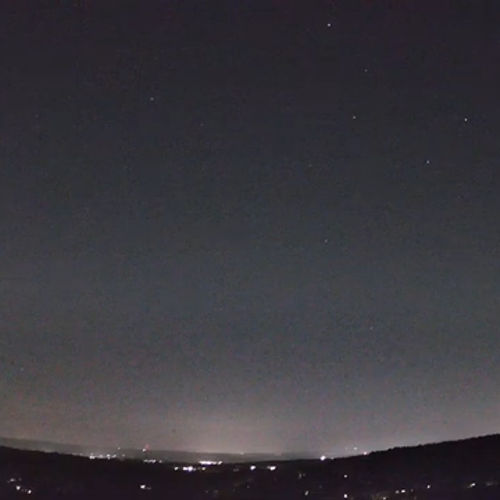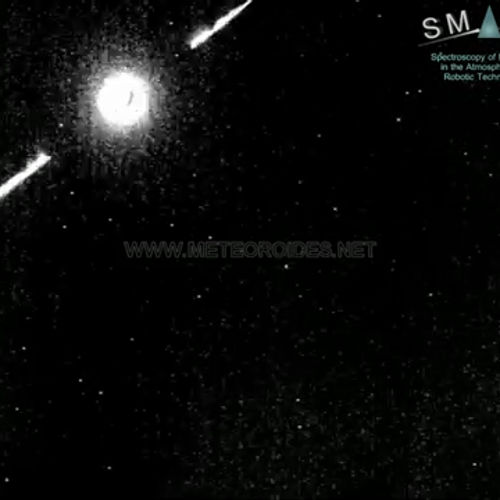
| Added | Mon, 19/06/2023 |
| Источники | |
| Дата публикации | Mon, 19/06/2023
|
| Версии |
Every year on the night of December 13-14, a bright show can be seen in the sky – the Geminid meteor shower. But until now, scientists have not been able to determine exactly where these meteors come from. However, recent research allows us to finally solve this mystery.
The study of Geminids began back in 1862, when astronomer Albert Einstein noted this stream of meteors in his notes. But only now scientists have been able to determine the source of these meteors – this is the asteroid Phaeton.
Phaethon is a huge asteroid about 5 km long, which is located in the asteroid belt between Mars and Jupiter. When it passes close to the Sun, the surface of the asteroid heats up to such an extent that it begins to evaporate. This evaporation creates a "tail" that consists of dust and gas particles. When the Earth passes through this tail, we observe Geminids.
But why does Phaeton create such a bright meteor shower? One of the versions is that Phaeton is a collapsed comet. As the comet approaches the Sun, it begins to evaporate, creating a "tail". But if a comet gets too close to the Sun, it can break apart. This is exactly what, according to scientists, happened to the Phaeton.
Some scientists believe that the Geminids may be related to the asteroids 3200 Phaeton and 2005 UD. They are in the same area, and their orbits intersect with the orbit of the Earth. When the Earth passes through this area, we see Geminids.
Interestingly, the Geminids are one of the few meteor showers that are not associated with comets. Most meteor showers are formed from the remnants of comets, which leave behind "tails" of dust and gas.
In any case, the Geminids are an exciting sight to watch every December. And now we know that these meteors come from the asteroid Phaeton.
Новости со схожими версиями
Log in or register to post comments









